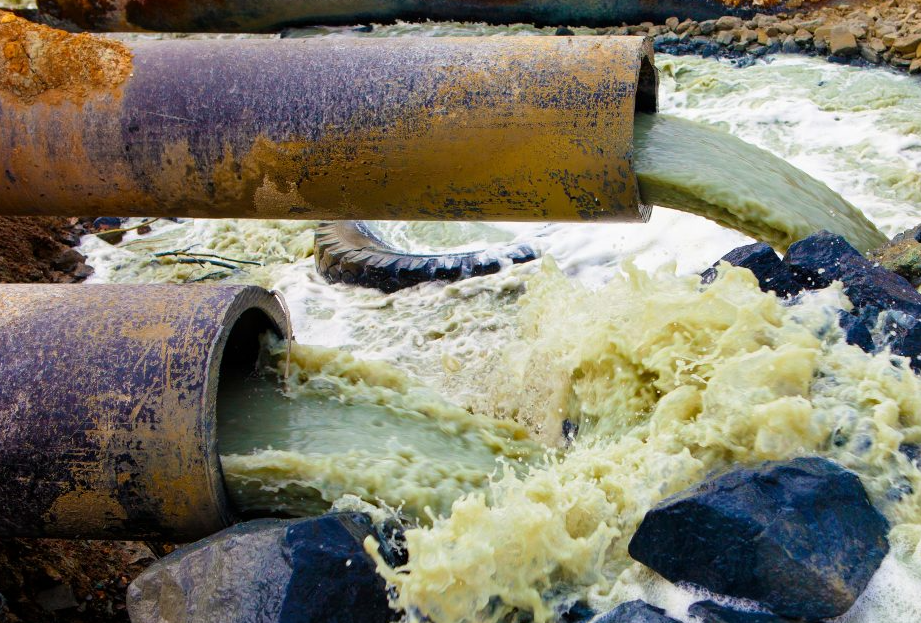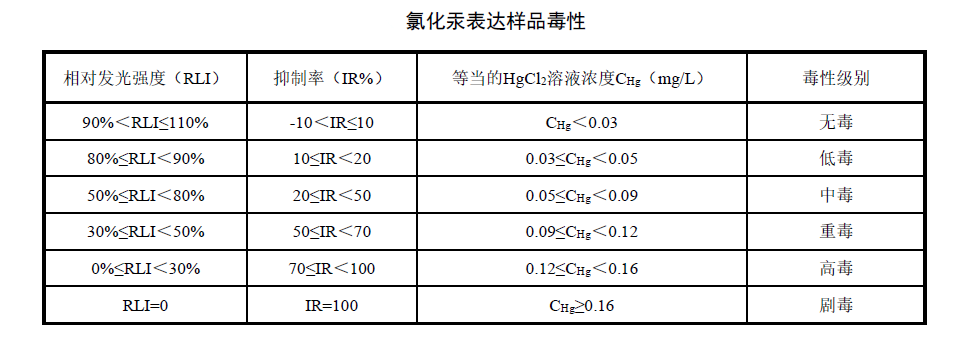In daily life, if the water body is polluted, it will cause the water body to be toxic. Therefore, when encountering water pollution such as water source water, groundwater, lakes and rivers, if the source of pollution cannot be determined, the first thing that water quality testing personnel must determine is whether the water body at this time is toxic and how much is it. Whether the drinking organisms are harmful.
At present, the country has corresponding standards for the limit and detection of acute toxicity of water quality. Currently, there are several methods for acute toxicity of water quality, such as zebra catfish eggs and luminous bacteria. The luminescent bacteria method means that after the water sample is contacted with luminescent bacteria under a certain time and condition, the luminescent intensity change of the luminescent bacteria is negatively correlated with the total concentration of toxic components in the water sample. The luminescence inhibition rate after contact with luminescent bacteria for a certain period of time was used to characterize the acute toxicity level of water samples.

Test reagents to be prepared
1. Laboratory ultrapure water, stored at room temperature.2. Mercury chloride mother liquor (2000mg/L).
3. Resuscitation diluent (0.85% sodium chloride solution).
4. Osmotic fluid (17% sodium chloride solution).
5. Vibrio qinghai Q67.
Testing equipment that needs to be prepared
Technical specifications of bioluminescence photometer: detectable spectral range, 320nm~1000nm; detection result range, 0~65535 RLU; fastest detection time, 5min; relative luminescence intensity, 0-200%; ATP test can be performed; test tube, specifications 5ml reaction tubes and 10ml test tubes.Detection conditions
room temperature
The room temperature is 20-25°C, and the temperature fluctuation of the same batch of samples during the test should not exceed ±1°C. And all test utensils, reagents, and solutions were placed in a temperature-controlled test room 1 hour before the test.pH conditions
For the determination of acute toxicity including pH effects, the pH of water samples should not be adjusted.If it is necessary to measure the acute toxicity excluding the effect of pH, it is necessary to adjust the pH of the water sample and resuscitation solution (sodium chloride 0.85g/100ml) to the following value before the measurement: the water sample mainly containing copper is 4.5, mainly containing other metal water The sample was 5.4, and the water sample mainly containing organic compounds was 7.0.

Water sample toxicity testing steps
Arrange test tubes
Arrange the test tube racks as follows on the plastic or iron test tube racks:The first row is followed by reaction tube 01 - standard, reaction tube 02 - negative/positive quality control and reaction tube 03 - water sample;
In the second row, test tube 01 - standard, test tube 02 - negative/positive quality control and test tube 03 - water sample.
Qinghai Vibrio Q67 lyophilized powder recovery
Take out the vial of Vibrio Qinghai Q67 freeze-dried powder (about 0.0015-0.0018g) from the freezing environment (-18°C), put it at room temperature (about 25°C) for 15 minutes, open and tap the vial to ensure that it is frozen Dried bacteria are well settled on the bottom of the vial. Pipette 0.5mL of 0.85% resuscitation solution or 3% resuscitation solution into the strain, shake well, and place it for 10 minutes before use.
Detection steps
Turn on the power of the bioluminescence photometer, preheat for 15 minutes, adjust zero, and set aside.Add 2ml of standard substance (diluent), 2ml (1:19-diluent: sample) of negative quality control and 2ml (1:19-diluent: sample) of water sample to be tested into the three reaction test tubes;
After the lyophilized powder recovery time is up, add 50ul of lyophilized powder recovery reagents to the reaction tubes respectively (pay attention to mixing);
After mixing, wait for 15min reaction time;
Pipette 350ul of the mixture from the reaction test tube into the test tube (be careful not to splash on the bottle wall as much as possible);
Put the test tubes into the main unit in sequence, and the final result is expressed as RLI% luminous intensity.




